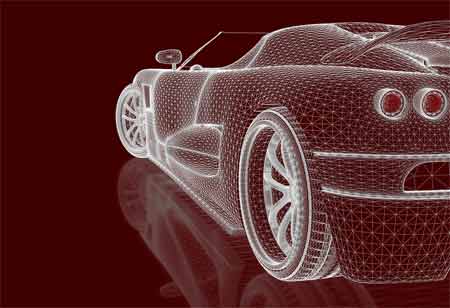THANK YOU FOR SUBSCRIBING
Be first to read the latest tech news, Industry Leader's Insights, and CIO interviews of medium and large enterprises exclusively from Food and Beverage Tech Review
Revolutionizing Food Safety and Transparency with IoT Technology
Efficiency and safety are of utmost importance in today's fast-paced food industry.

By
Food and Beverages Tech Review | Friday, February 09, 2024
Stay ahead of the industry with exclusive feature stories on the top companies, expert insights and the latest news delivered straight to your inbox. Subscribe today.
Food products can now be tracked and monitored in real-time using IoT as they move through the supply chain. To ensure the ideal storage conditions, businesses can use connected sensors and devices to monitor crucial variables such as temperature and humidity. This enhanced level of food safety and quality assurance benefits both businesses and customers.
Fremont, CA: Efficiency and safety are of utmost importance in today's fast-paced food industry. Fortunately, technological advancements such as the Internet of Things (IoT) have revolutionized food business operations. By leveraging IoT, food companies can enhance transparency, reduce risks, improve food safety, and increase efficiency across the supply chain. This, in turn, can lead to better customer satisfaction, loyalty, and sales, among other key performance indicators (KPIs). Therefore, food businesses must embrace IoT and its benefits to optimize operations, enhance safety, and improve efficiency.
Here are some advantages of using IoT in the food industry:
Enhanced Food Safety
Through the supply chain, food products can be tracked and monitored in real-time using IoT. To guarantee ideal storage conditions, organizations can keep an eye on essential variables like temperature and humidity with the aid of linked sensors and devices. This increased degree of food safety and quality assurance benefits businesses and customers.
Improved Supply Chain Transparency
IoT improves traceability and visibility from beginning to finish. Businesses can monitor the movement of food goods from farm to home in the supply chain by utilizing sensors and radiofrequency identification (RFID) tags. The impact on public health is greatly diminished by this transparency, which aids in tracing the cause of any problems or recalls. Additionally, it facilitates speedier and more focused reactions to any possible violations of food safety, reducing risks, stopping the spread of foodborne illness outbreaks, and maintaining customer confidence in the food supply chain.
Optimized Shelf Life for Product Inventory
IoT devices track variables like humidity, temperature, and light exposure for products. This information enables firms to decrease waste (and related expenses) and enhance inventory management and dynamic pricing strategies by guaranteeing that items are sold or eaten before they expire. Businesses help with sustainability initiatives by reducing food waste, while customers gain from safer and fresher products.
Upgraded Real-Time Monitoring and Predictive Analysis
Real-time data on vital aspects, such as machinery performance, energy usage, and manufacturing procedures, is provided by IoT devices. By implementing machine learning algorithms and advanced analytics, businesses can anticipate possible problems and identify patterns. Companies may reduce downtime and increase overall operational efficiency by proactively addressing risks when they are placed in advance.
Elevated Customer Experience
Additionally, IoT may enhance the user experience. Sensor-equipped smart shelves, for instance, can provide individualized advice, dietary data, and recipe ideas depending on user preferences. A better and more pleasant customer experience may be achieved using connected devices at restaurants or food delivery services to increase order accuracy, expedite the ordering process, and offer real-time status updates.
I agree We use cookies on this website to enhance your user experience. By clicking any link on this page you are giving your consent for us to set cookies. More info







